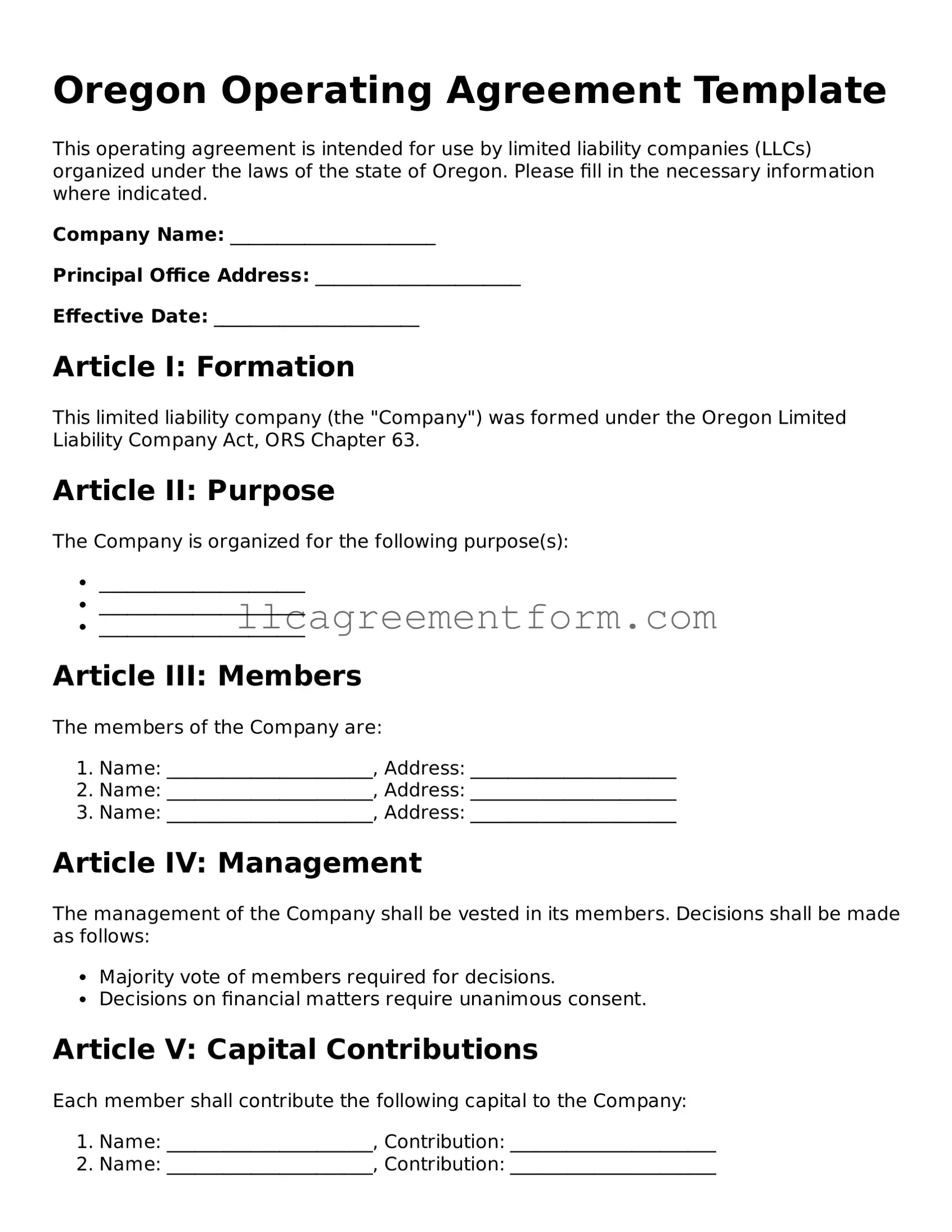Free Operating Agreement Document for Oregon
The Oregon Operating Agreement is a crucial document that outlines the management structure and operational guidelines for a limited liability company (LLC) in Oregon. This agreement helps define the roles and responsibilities of members, ensuring smooth operations and clear communication. To get started on your LLC journey, fill out the form by clicking the button below.
Get Operating Agreement Now
